Simple fix!
I've managed to get this working in version 3.3.1.
It looks like this issue has perhaps been resolved in PR#17172; You can use the ax.set_box_aspect([1,1,1]) function to ensure the aspect is correct (see the notes for the set_aspect function). When used in conjunction with the bounding box function(s) provided by @karlo and/or @Matee Ulhaq, the plots now look correct in 3D!

Minimum Working Example
import matplotlib.pyplot as plt
import mpl_toolkits.mplot3d
import numpy as np
# Functions from @Mateen Ulhaq and @karlo
def set_axes_equal(ax: plt.Axes):
"""Set 3D plot axes to equal scale.
Make axes of 3D plot have equal scale so that spheres appear as
spheres and cubes as cubes. Required since `ax.axis('equal')`
and `ax.set_aspect('equal')` don't work on 3D.
"""
limits = np.array([
ax.get_xlim3d(),
ax.get_ylim3d(),
ax.get_zlim3d(),
])
origin = np.mean(limits, axis=1)
radius = 0.5 * np.max(np.abs(limits[:, 1] - limits[:, 0]))
_set_axes_radius(ax, origin, radius)
def _set_axes_radius(ax, origin, radius):
x, y, z = origin
ax.set_xlim3d([x - radius, x + radius])
ax.set_ylim3d([y - radius, y + radius])
ax.set_zlim3d([z - radius, z + radius])
# Generate and plot a unit sphere
u = np.linspace(0, 2*np.pi, 100)
v = np.linspace(0, np.pi, 100)
x = np.outer(np.cos(u), np.sin(v)) # np.outer() -> outer vector product
y = np.outer(np.sin(u), np.sin(v))
z = np.outer(np.ones(np.size(u)), np.cos(v))
fig = plt.figure()
ax = fig.add_subplot(projection='3d')
ax.plot_surface(x, y, z)
ax.set_box_aspect([1,1,1]) # IMPORTANT - this is the new, key line
# ax.set_proj_type('ortho') # OPTIONAL - default is perspective (shown in image above)
set_axes_equal(ax) # IMPORTANT - this is also required
plt.show()







